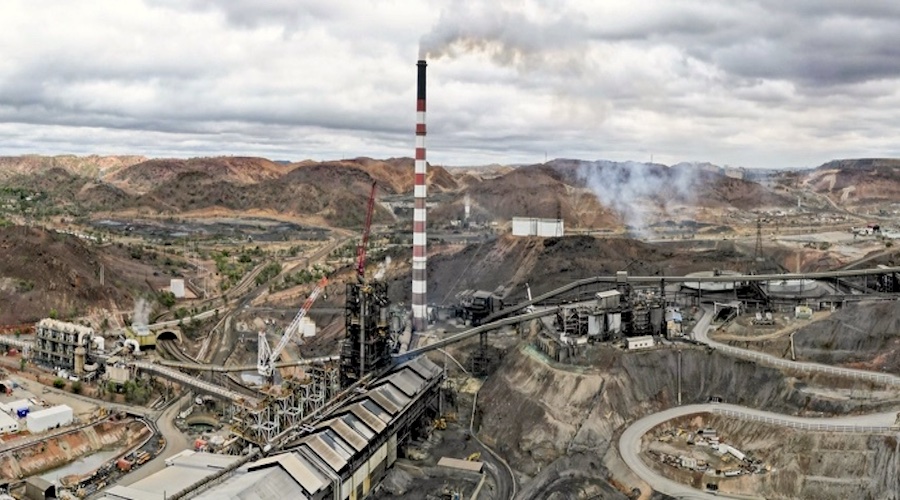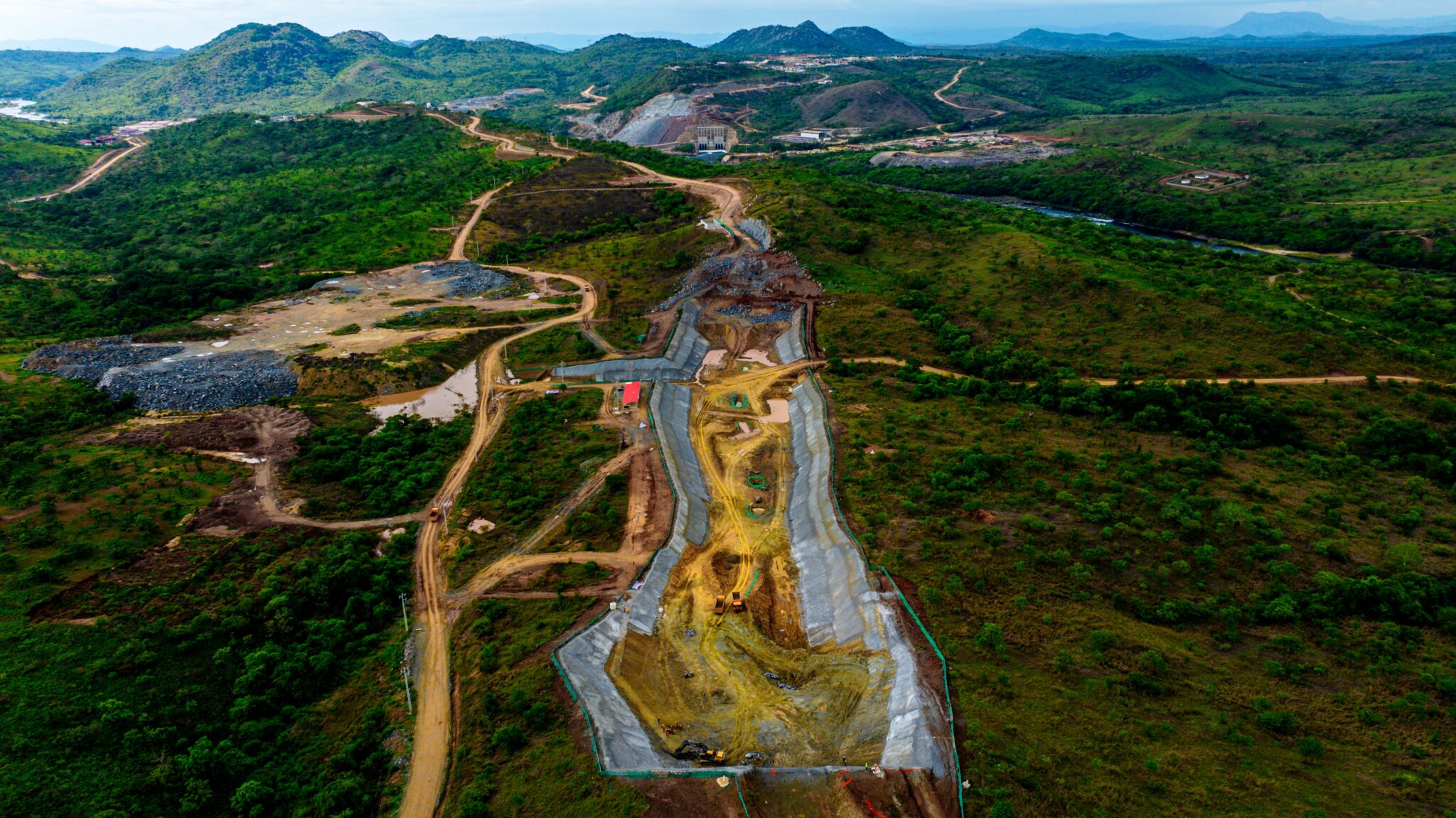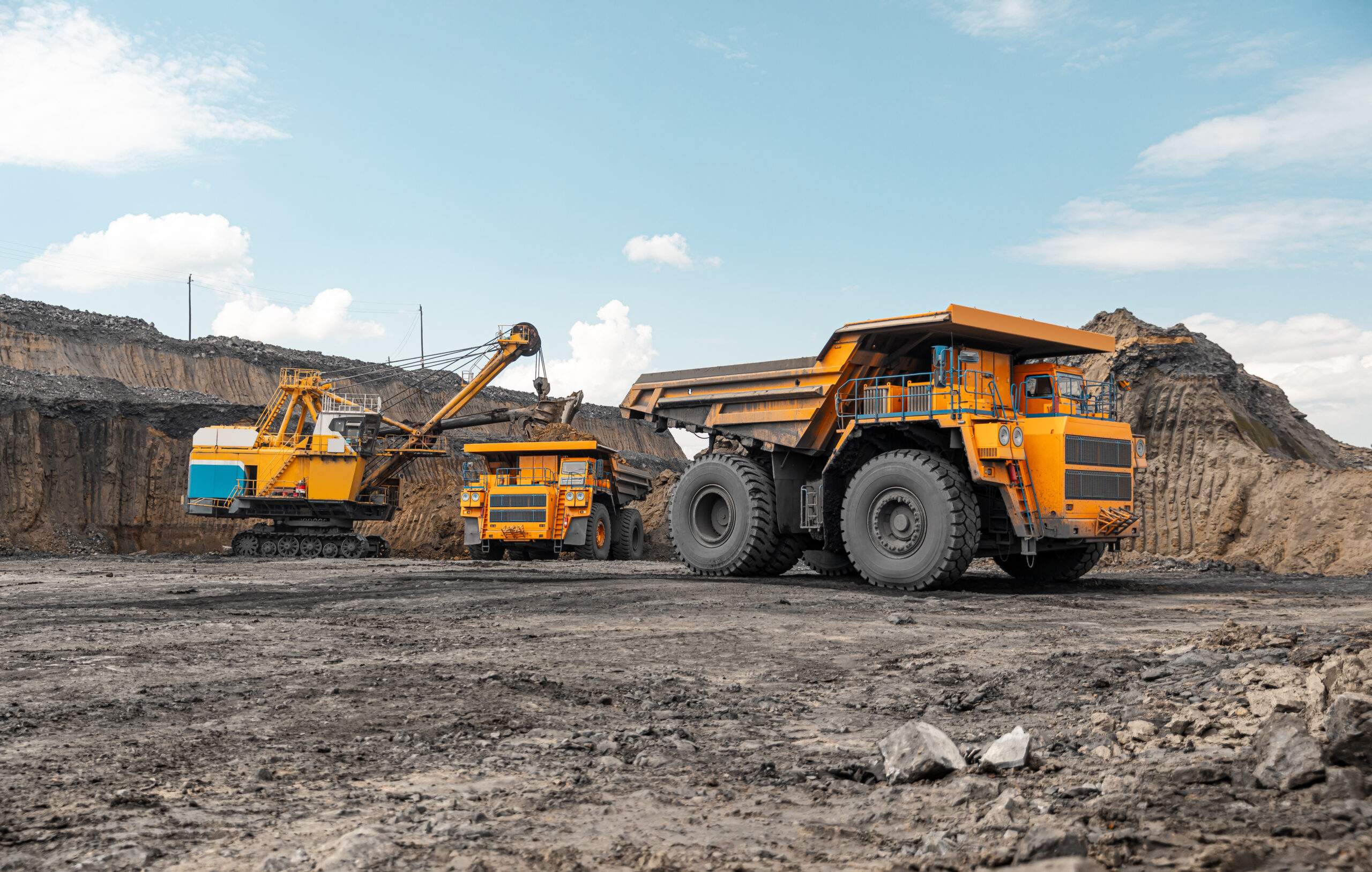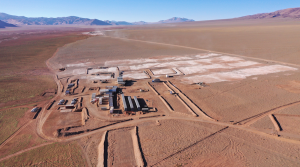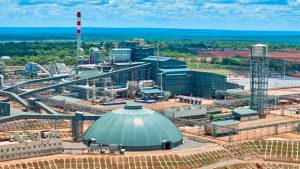Glencore’s Exit from Mount Isa Signals a Structural Shift in Australia’s Copper Landscape
By MiningFocus Africa Contributor Dowell Sichitalwe
After six decades of continuous extraction, Glencore is drawing down its final copper operations in Mount Isa, Queensland—marking the end of an era for one of Australia’s most iconic mining complexes. The transition, set to culminate by July’s end, carries ripple effects that reach beyond job numbers and ore production, prompting broader industry reflection.
An Industrial Legacy Nears Sunset
Glencore’s Mount Isa copper mines—once synonymous with Queensland’s economic heartbeat—are shutting their doors, along with associated smelters and concentrators. Originally projected to affect over 1,200 workers, the company’s redeployment strategy has brought that figure down to approximately 500, with ongoing efforts to minimize dislocation.
While the extraction phase winds down, Glencore’s real quandary lies with its downstream assets: the Mount Isa copper smelter and the Townsville refinery, which together process over 1 million tonnes of concentrate annually. These facilities not only support third-party producers like BHP but represent core links in Australia’s domestic mineral value chains.
Smelting Strategy at a Crossroads
According to an internal memo circulated this week, Glencore’s interim COO Troy Wilson warns the company’s processing operations are fast approaching a financial breaking point. Options on the table include transitioning the smelter and refinery into care and maintenance or involving governments as equity partners to keep operations afloat.
Glencore has been lobbying for federal and state intervention, pressing for clarity on Australia’s proposed national smelting and refining strategy. Executive Suresh Vadnagra described Queensland’s latest support package as “falling short,” urging expedited decision-making before a final judgment lands in September.
Government Hesitation and Geopolitical Frictions
Queensland Minister Dale Last defended the state’s measured stance: “We’re not writing a blank cheque for a multinational company that returned $2.2 billion to shareholders months ago.” The state’s offer, he noted, was “genuine and responsible,” but stressed the need for federal collaboration.
The backdrop to this impasse includes global disparities. Chinese smelters, buoyed by heavy subsidies, are undercutting Western players—prompting Wilson to lament the absence of a level playing field. This structural imbalance highlights how global competitiveness now depends not just on ore grade, but on fiscal policy.
A Fork in the Road for Australian Copper
Glencore’s pivot leaves three possible pathways:
- Direct government support to bridge the economic gap
- A public-private joint venture to sustain smelting and refining assets
- Full suspension until market conditions justify restarting
For Australia, the potential closure of its smelting infrastructure threatens more than operational continuity—it could undermine broader ambitions to build resilient, value-added mineral supply chains. As copper demand rises in the energy transition, missing links in processing capacity could stifle opportunities in critical industries.
Implications for Africa’s Mining Vision
For African stakeholders, Glencore’s story serves as a strategic mirror: infrastructure investments in refining and smelting must account for cyclical economics and geopolitical headwinds. The lesson? Processing assets are as vulnerable as the pits that feed them—and just as pivotal to long-term sector transformation.
Share this content:
